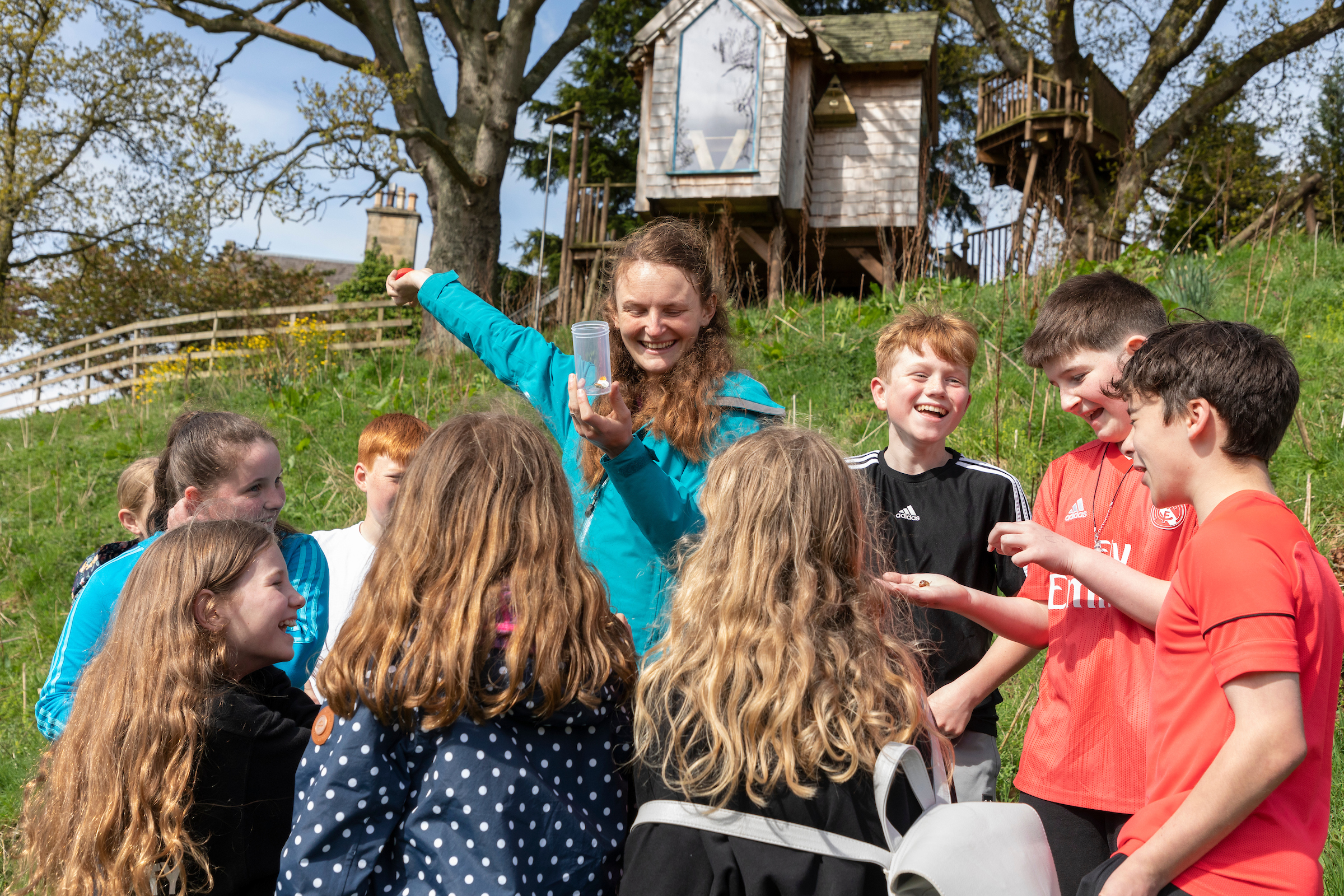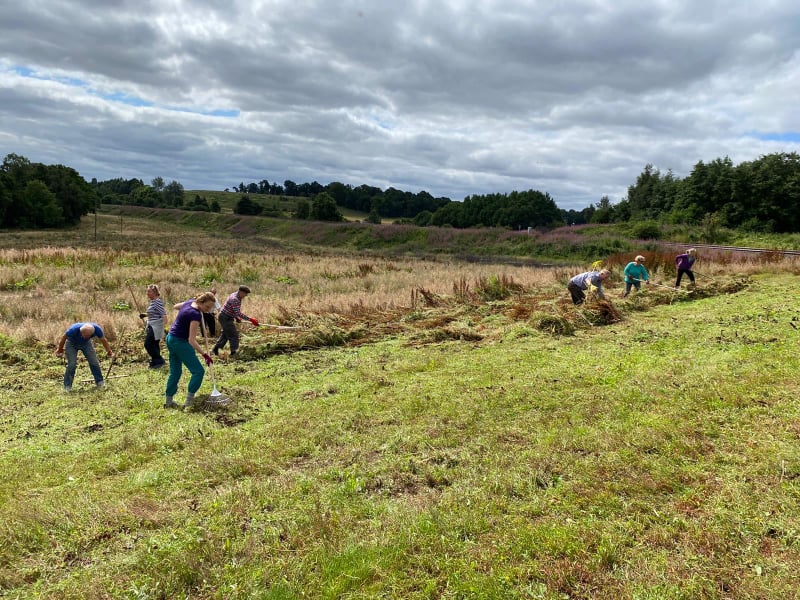Restoring our Natural World
In these fresh May days of sunshine and scents we see the countryside at its best. Trees in fresh foliage, wild flowers bursting into colourful displays, birds nesting . . . Scottish landscapes looking picturesque! However, as we all know, our natural resources are being degraded and wildlife decimated by human encroachment.
There are many ways we can all address this issue and one of these is Rewilding. What is rewilding, what does it mean and how can we do it?
One such project lies just north of Perth, between the construction site building the Cross Tay Link bridge and a proposed, large new housing estate beside Luncarty. Rewilding Denmarkfield has been running for 2 years, not only returning 90 acres of depleted (previous) farmland, but bringing the community together.
Why not come along to Lowes this Bank Holiday Saturday and learn ways you could make a real difference.
On Saturday 27th May 2pm- 3.30pm, Ellie Corse, Project Manager for Denmarkfield Rewilding, has kindly agreed to share her wealth of knowledge in restoring vital wildlife habitats in her Talk at Loch of the Lowes (Booking essential, see below)

It is obviously important to provide housing and road networks for Scotland’s population, but it often comes at a severe cost to our wildlife.
To create new homes, bridges and roads entails a massive amount of land disturbance, something anyone driving along the A9 near Perth will be seeing for themselves. Trees are felled, fields and meadows dug-up, water courses changed and drainage pipes laid deep into the substructure.
Progress, maybe, for humans in the 21st Century. Road plans are drawn up and executed due to factors like traffic jams, excessive air pollution from standing traffic causing serious risks to health, and, of course, improving road safety.
Houses are needed, there is no doubt about that, especially affordable housing. However, inevitably, homes for wild creatures, shelter and access to their food (their habitats) are destroyed.
Our natural world provides for us with every breath we take and every mouthful we eat, therefore it makes sense to provide a balance to the destruction.
Every year, the United Nations celebrate the world’s biodiversity on May 22, the International Day for Biological Diversity. This year’s theme is: From agreement to action: build back biodiversity.
What better way to provide sustainable habitats for our displaced animals, insects, birds and plants, than rewilding. Rewilding, restoring the land to its natural state, is being carried out by a growing number of communities and individuals across the country, in both large and small projects.

We can all help Nature in our own ways. We don’t need to be landowners on a vast scale. Addressing the damage and loss of places for wildlife thrive is needed now more than ever. Returning more spaces to be wildlife friendly, plant and insect rich, can be done anywhere: private gardens, school playgrounds, community parks, woodlands.
It is also wonderful subject for teachers or home schoolers, opening many opportunities for lesson plans.
Booking for Ellie’s Talk is essential, follow the link below or call 01350 727337.
Rewilding Denmarkfield. | Scottish Wildlife Trust
We hope to see you there!
Cherry
Visitor Centre Assistant
Loch of the Lowes
Help protect Scotland’s wildlife
Our work to save Scotland’s wildlife is made possible thanks to the generosity of our members and supporters.
Join today from just £3 a month to help protect the species you love.
Preface
In these fresh May days of sunshine and scents we see the countryside at its best. Trees in fresh foliage, wild flowers bursting into colourful displays, birds nesting . …
